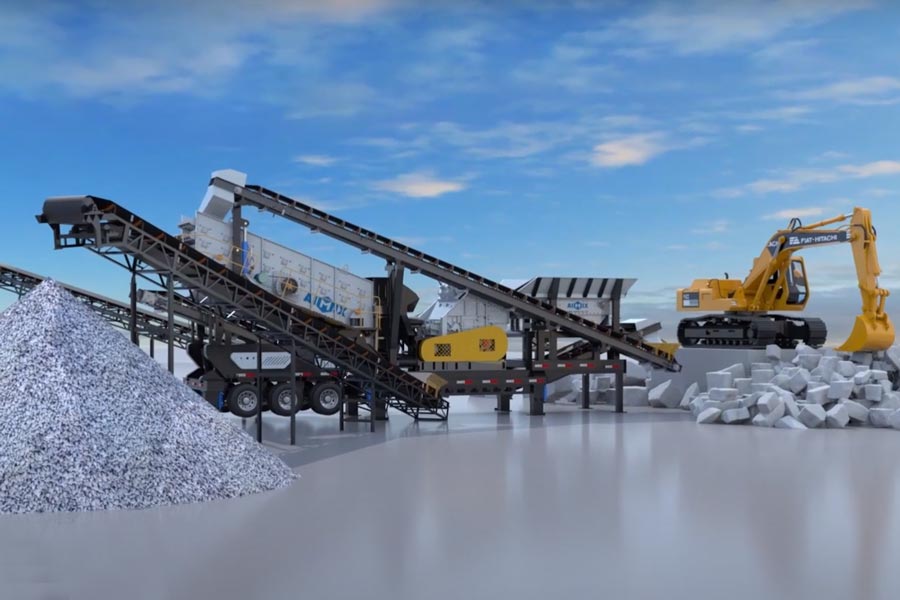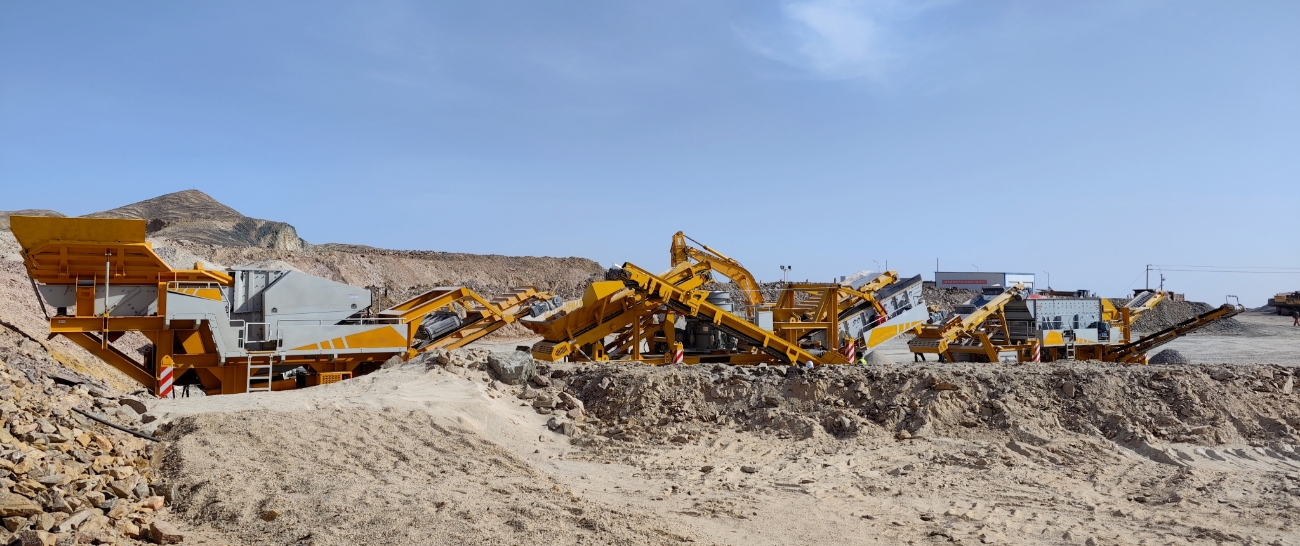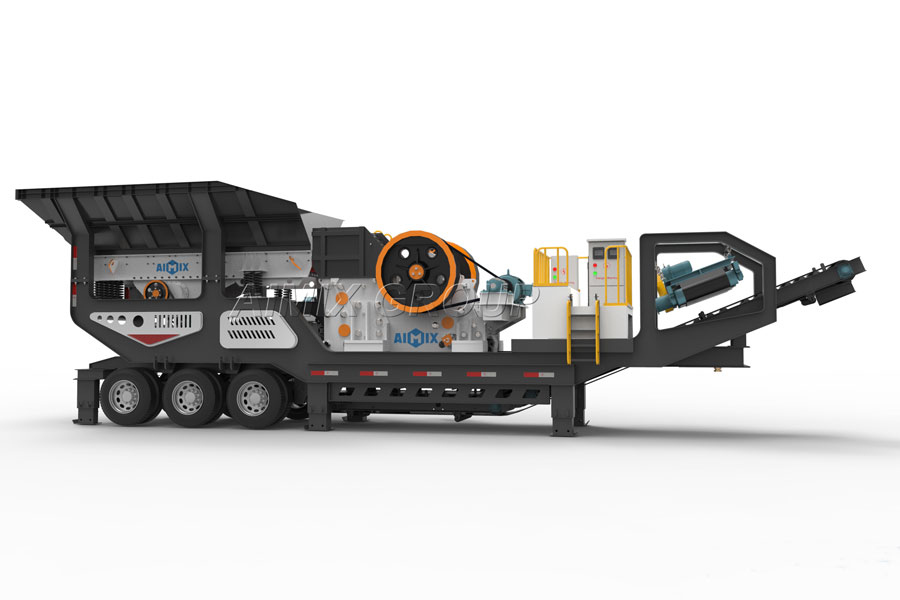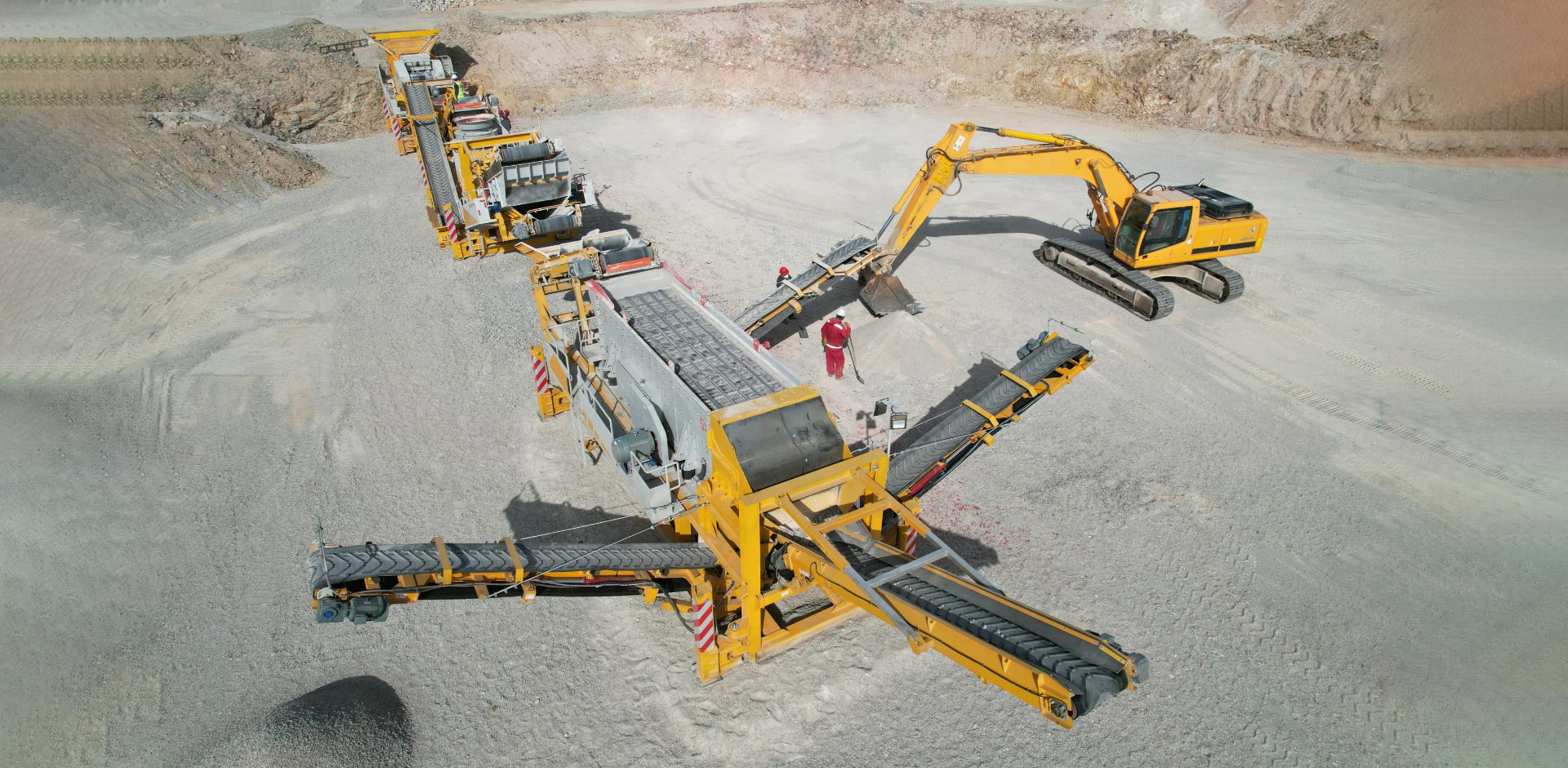Crushing is a fundamental process in industries such as mining, construction, and manufacturing. It involves reducing the size of raw materials to achieve desired dimensions for various applications. This article explores the key role that crushing plays in achieving optimal material dimensions and the importance it holds in different industries.
Understanding the Need for Desired Material Dimensions
Meeting Specific Requirements
Different industries have specific requirements for material dimensions. Whether it’s aggregates for construction, ores for metal extraction, or granules for chemical production, achieving precise particle sizes is crucial. Desired material dimensions ensure product consistency, performance, and compatibility with downstream processes.

Enhancing Product Quality
By controlling material dimensions through crushing, manufacturers can enhance product quality. Uniformly sized particles lead to improved properties such as strength, durability, and stability. This is particularly vital in industries like concrete production, where consistent aggregate sizes contribute to reliable and long-lasting structures.
The Crushing Process: Techniques and Equipment
Primary Crushing
The initial stage of the crushing process is known as primary crushing. Large-sized raw materials are reduced into smaller pieces by jaw crushers, cone crushers, impact crushers, or aggregate crusher. These machines apply mechanical force to break down the material and prepare it for further processing.

Secondary and Tertiary Crushing
Following primary crushing, secondary and tertiary crushers further reduce the material size to meet specific requirements. Cone crushers, roll crushers, impact crushers, and gravel crushers for sale are commonly used in these stages. They refine the material obtained from primary crushing and produce finer particles as needed.
Fine Crushing and Grinding
In some industries, achieving even smaller material dimensions is necessary. Fine crushing and grinding processes are employed to obtain powders and ultra-fine particles. Equipment such as ball mills, hammer mills, and vertical impact mills are utilized to break down the material into fine fragments.
Benefits of Achieving Desired Material Dimensions
Improved Product Performance
By achieving desired material dimensions, manufacturers can enhance product performance. Whether it’s optimizing the packing density of aggregates or ensuring precise powder characteristics, properly sized materials contribute to superior functionality, consistency, and end-user satisfaction. Click here to check how customers appreciate Aimix Group: https://aimixcrusherplant.com/.
Efficient Processing and Resource Utilization
Having materials with desired dimensions enables more efficient processing. Properly sized raw materials reduce processing time, energy consumption, and wear on equipment. Additionally, optimizing material dimensions allows for better resource utilization, minimizing waste and maximizing yield.

Cost Savings
Achieving desired material dimensions can result in cost savings. Consistent particle sizes reduce the need for additional processing steps, improve material flow, and decrease the risk of limestone crusher plant failure. These factors collectively contribute to enhanced operational efficiency and cost-effectiveness.
In industries where material processing is crucial, crushing plays a key role in achieving desired material dimensions. Through primary, secondary, and tertiary crushing stages, along with fine crushing and grinding processes, manufacturers can control particle sizes to meet specific requirements. By achieving desirable dimensions, companies enhance product quality, improve performance, streamline processing operations, and realize cost savings. Recognizing the importance of crushing ensures optimal material utilization and enables industries to meet their unique dimensional needs effectively.
